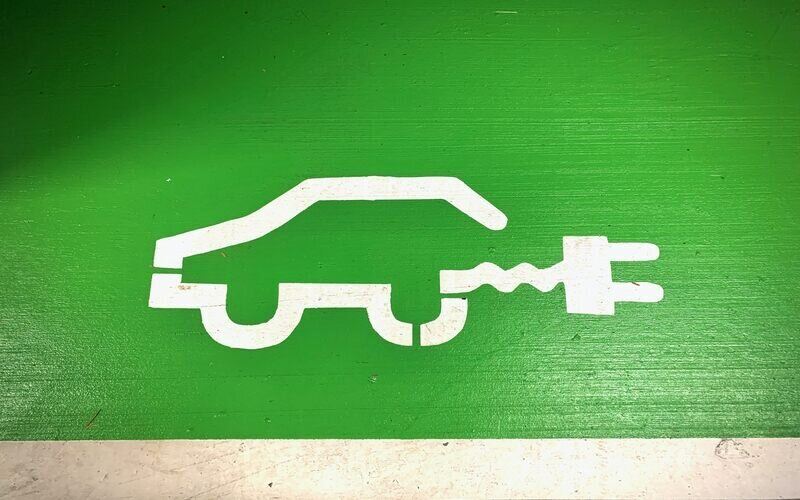Whether it's paying for a holiday, a wedding, financing home renovations, paying off debts or borrowing for education or medical purposes, a good personal loan can get you the money you need right away.
However, personal loans aren't a one-size-fits-all product. There are actually several different types of personal loans available in Australia that suit different types of borrower.
Secured personal loans
A secured personal loan is tied to an asset you own - often what you're purchasing. For example, most car loans are secured by the vehicle itself. Should you default on the secured loan, the lender can seize this asset and sell it.
Secured loans may allow you to offer up the following as security, in exchange for lower rates and fees:
-
Property
-
Vehicles (cars, motorbikes, boats etc.)
-
Cash, such as money in a term deposit
-
Stocks or other equities (called a margin loan)
You can sometimes get more favourable rates and fees with secured loans because by having an asset as security on the loan, the lender may deem you to be less of a risk.
Secured personal loans may suit you if…
You're using the loan to buy an asset that your lender will allow the loan to be secured against, like a new vehicle.
You already own something you'll be able to borrow against (if you own property for example you could secure a personal loan against your existing equity).
You have a stable income and you aren't worried about not being able to make your repayments (and having the security repossessed).
You're borrowing a larger amount.
Unsecured personal loans
Unsecured personal loans don't require you to put anything up as collateral. Since the lender has no security, unsecured loans are seen as riskier and so higher interest rates and higher fees often apply compared to unsecured loans. If you do fail to make your repayments your lender can still take legal action against you so it isn't consequence free.
On the plus side, unsecured loans are often easier to get and still usually have lower interest rates than credit cards.
Unsecured personal loans may suit you if…
You're using the loan for something like a holiday or a wedding that can't be securitised.
You're borrowing a smaller amount, say under $10,000.
You're happy to accept higher interest rates to not have to put something up as security.
In the market for a personal loan? The table below features personal loans with some of the lowest interest rates on the market.
Line of credit loans
A line of credit is essentially a pre-agreed borrowing limit that you can use at any time, and you're only charged interest on the funds you actually use. For example, if you have a line of credit of $10,000, but only use $5,000, then you'd be charged interest on $5,000.
These usually have higher interest rates than other types of personal loans but can be more convenient, as you have access to your funds whenever you need them.
Line of credit loans may suit you if…
You're looking for ongoing access to money as and when you need it
You don't know exactly how much you'll need.
You're okay with higher rates for this flexibility
Overdrafts
Overdrafts are a kind of line of credit you attach to your regular transaction account, to cover for unexpected expenses. Essentially, it acts as a temporary increase to your bank account balance, with interest charged on the amount you use in a given month.
Overdrafts usually only start working when you go below $0 in your account and will go up to a specified limit. Overdrafts can also charge establishment and ongoing fees, which you should check before you start using one.
Even though overdrafts can technically be used for non-emergency purchases, you should probably consider other options first, and if you find your bank balance is regularly negative, you should probably review your spending habits and do up a new budget.
Overdrafts may suit you if…
You often find your bank balance dipping below $0.
You want to avoid credit card debt but still need money in the short term
You have a regular income so you can get your balance back into the black quickly.
Student loans
Student loans in Australia (different from HECS/HELP loans) are for things like textbooks or a new computer, or something like a car to help them get to and from university or TAFE.
These loans are available from many lenders and banks to Australian residents over 18, helping students avoid paying upfront. These loans can sometimes be deferred for up to five years if necessary. Some banks don't charge application fees for student personal loans, although interest will start accruing from the date you take out the loan. For a student on a low budget, this could start to add up quickly.
If you think you might have trouble meeting the repayments, most banks and lenders that offer these loans allow you to apply with a guarantor, like your parents or a guardian. Having the security of a guarantor on hand can also give you access to lower than average interest rates as well as some lower fees in some cases.
Alternatives to personal loans
There are several other options you might have other than a personal loan:
Personal loans vs credit cards
While personal loans are fixed amounts borrowed at an interest rate, credit cards give you a revolving line of credit, up to a specified limit and usually at a higher interest rate.
See: Personal loans vs credit cards
Credit cards can be more useful for paying bills and everyday spending (just don't overspend) as they can often come with handy rewards programs and benefits, and they also allow you to clump multiple different payments together into one monthly bill. Personal loans, on the other hand, might be better suited to making larger one-off purchases, as you can find out exactly what you'll need to repay beforehand and reduce your risk of going over-budget.
For more information on credit cards, including how credit card interest works and the different types of credit cards, visit our credit card hub page.
Personal loans vs payday loans
Although they share some similar characteristics, payday loans and personal loans are very different. Often referred to as 'debt vultures' and 'predatory lenders' by regulatory bodies, payday loans allow you to borrow small amounts of money (usually up to $2,000 but sometimes up to $5,000) that must be repaid within 16 days to 12 months. While that might not sound too bad, payday lenders compensate for not being able to charge interest by charging higher fees instead.
Legally, according to ASIC, they can 'only' charge the following:
-
A one-off establishment fee of up to 20% of the amount loaned
-
A monthly fee up to 4% of the amount loaned
-
A government fee or charge
-
Default fees or charges cannot exceed 200% of the total loan amount
Personal loans charge lower interest rates and fees compared to payday loans and also allow for longer loan terms, usually up to several years.
Which type of personal loan is right for me?
If you're looking for a personal loan, you should first be clear about what exactly you're borrowing for.
For something large, like a boat or a home renovation, then you might be better off going for a secured, fixed personal loan, as these can not only give you regular, unchanging repayments, but can also grant you a lower interest rate and more favourable lending terms. If you're borrowing for something like a holiday or a wedding, you might not be able to get a secured loan and so might need to explore unsecured options.
If the loan is to cover short-term expenses, then you should think hard about whether you have any other alternatives. Payday loans get you money fast, but the rates and fees are often massive and they can easily suck you into a debt cycle.
Whichever type of personal loan you decide on, you should be able to find a huge range of options from banks, lenders, and peer-to-peer lenders. It's important to choose the right one. When comparing personal loans, always consider a range of products and consider:
-
The interest rate
-
The fees, or lack thereof
-
The flexibility of the loan, like whether you can make extra or more frequent repayments
-
And of course whether other products (like, say, a credit card) are more suitable
First published on January 2021
Photo by Victoriano Izquierdo on Unsplash


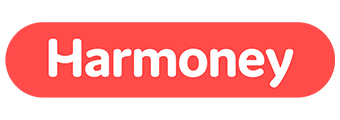
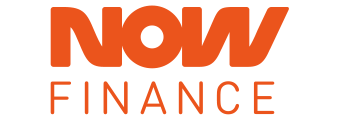


 Harrison Astbury
Harrison Astbury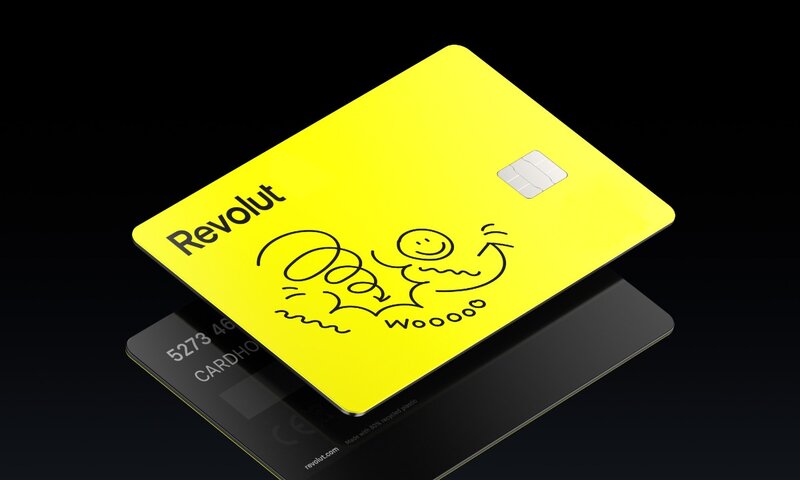
 Harry O'Sullivan
Harry O'Sullivan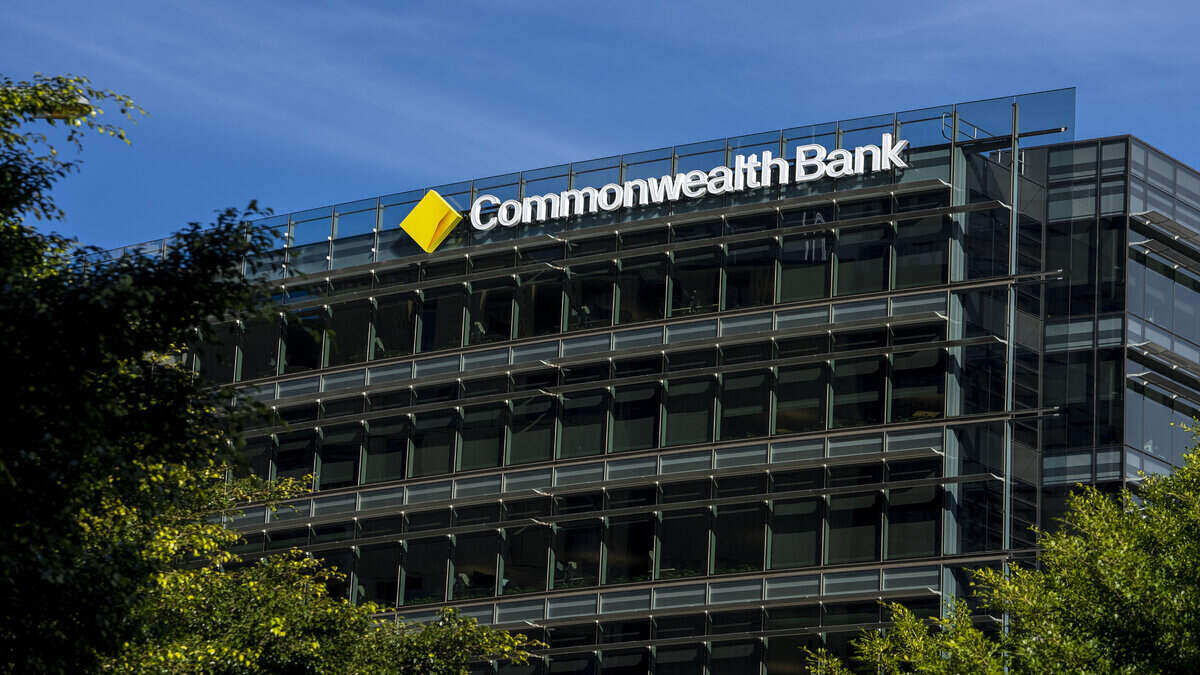

 Dominic Beattie
Dominic Beattie
 Alex Brewster
Alex Brewster
